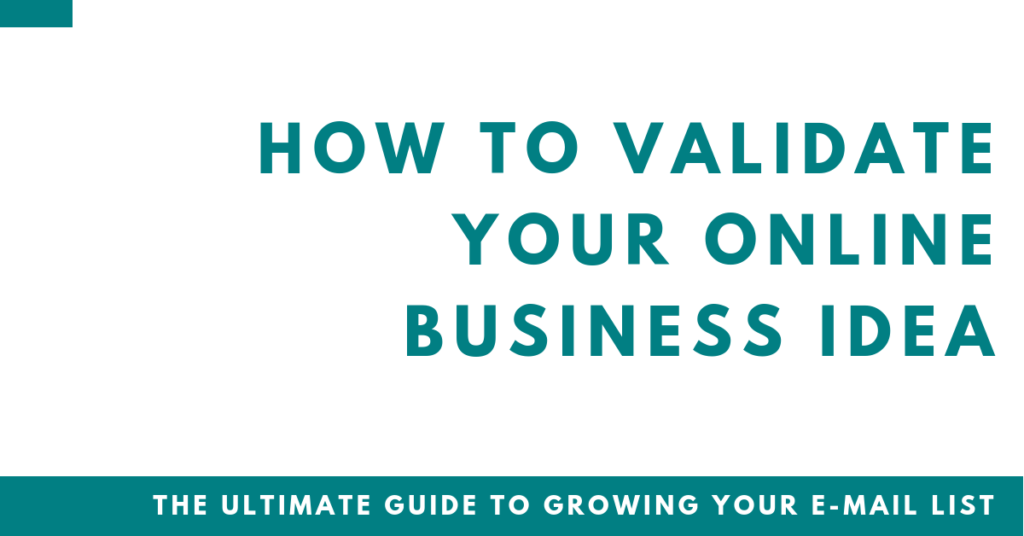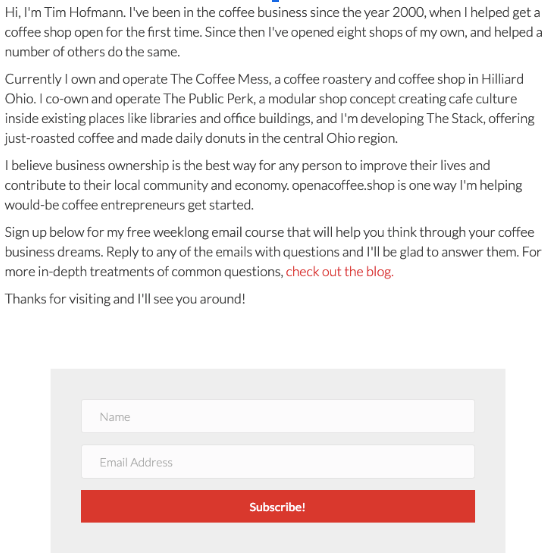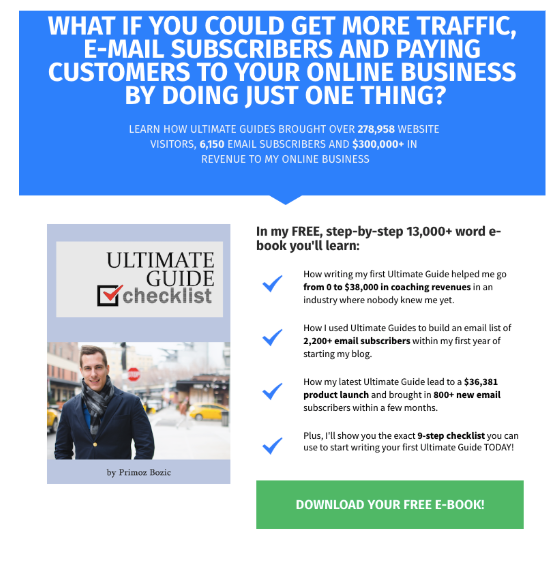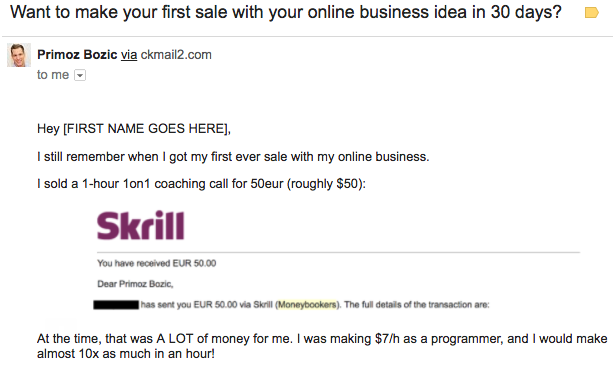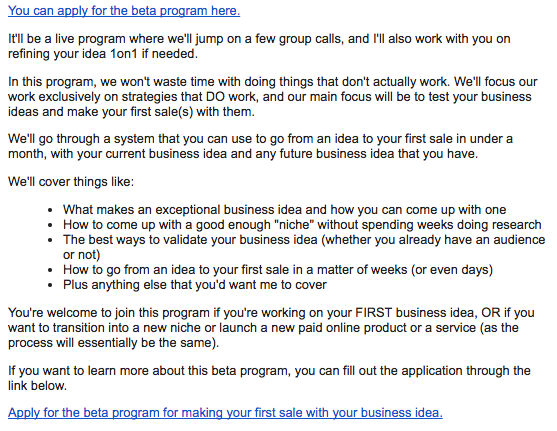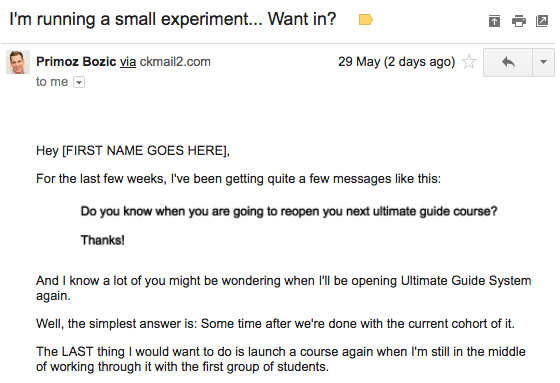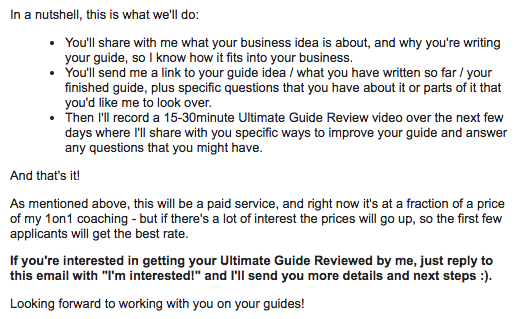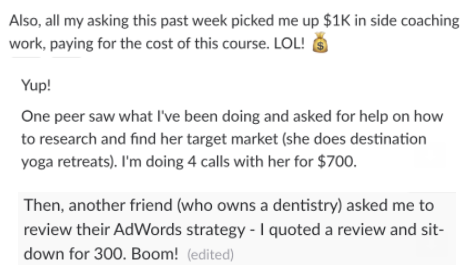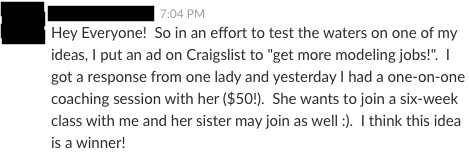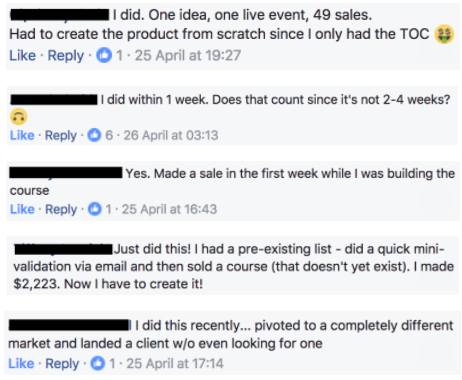Did you ever wonder how to validate your online business idea in less than a week?
If yes, you’re in luck.
In my new Masterclass, I’ll teach you everything you need to know to quickly and effectively validate your online business ideas.
This way, you’ll know if your idea will be a big hit or not before spending months and months working on one.
In my new Masterclass, you’ll learn:
- How to RAPIDLY validate your online business idea (in less than a week, or even a single day)
- 3 proven methods for validating your ideas (together with examples so you can really internalize them)
- When should you give up on a business idea (and when you shouldn’t)
If you have any follow up questions on the video, share them in the comments below and I’ll happily answer them for you.
Let me show you what it REALLY takes to start and grow an online business today
If you enjoyed the above video, you’ll love my 100+ Page Ultimate Guide to Starting Your Online Business.
In this guide, I’ll show you:
- How I went from earning $7/h as a programmer to starting a 6-figure online business (with no previous business experience, no connections, mba, investors or rich parents)
- The exact steps you can take to start your own online business and earn your first dollars online (proven and tested through thousands of my coaching clients accross hundreds of industries)
- How to scale your online business to $30k, $50k or $100k+ a year (and the 6 counterintuitive mistakes to avoid along the way)
Just drop your name and email in the box below, and I’ll send it your way!
